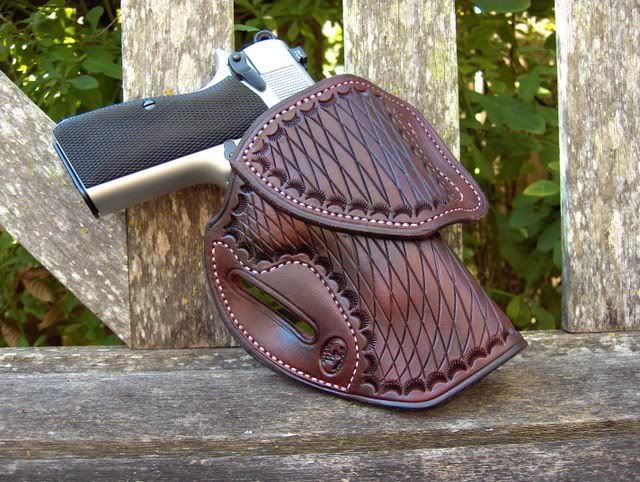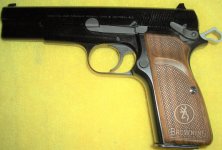I remember them.
They were issued to some officers who complained that the 1911 was too heavy for an officer to haul around all day. The Colt M1903 was taken out of service as standard issue for officers and the army expected them to have a weapon on them. This gun however has nothing to do with the status symbol discussion.
The status symbol discussion was on the wane by the beginning of the 20th century, but like a lot of things in the gun world it sticks around.
It was the case that most European armies that only officers, and a special few units (artillery, cavalry, etc.) were allowed to carry handguns. The infantry generally carried only rifles. The pistols of the officers with minor calibers and smaller pistols. These were more intended for shooting disobedient troops in teh head than actual combat. For generals and such who often never saw combat, except at a safe distance, they were status symbols.
However that was never the case with the British Army. The Officers in front ranks carried large caliber revolvers up till WWII. Generally the 455. More troops were issued revolvers during the first WW by England.
In the U.S. the infantry was generally armed with rifles but by WWI were increasingly issued handguns. First the 1911 and then the M17 revolvers of Colt and S&W.
Both Britain and the U.S. had learned the value of 45 caliber handguns in the hands of line troops in practice. Pershing insisted that his infantry be armed with handguns in 45 caliber.
Germany also learned that lesson leading up to WWI. It armed it's troops with guns in 9mm.
Now many rear staff officers of these armies carried smaller light weight pistols at their desk jobs. Partly status.
But increasingly in the 20th century major powers provided their soldiers with sidearms.
tipoc




